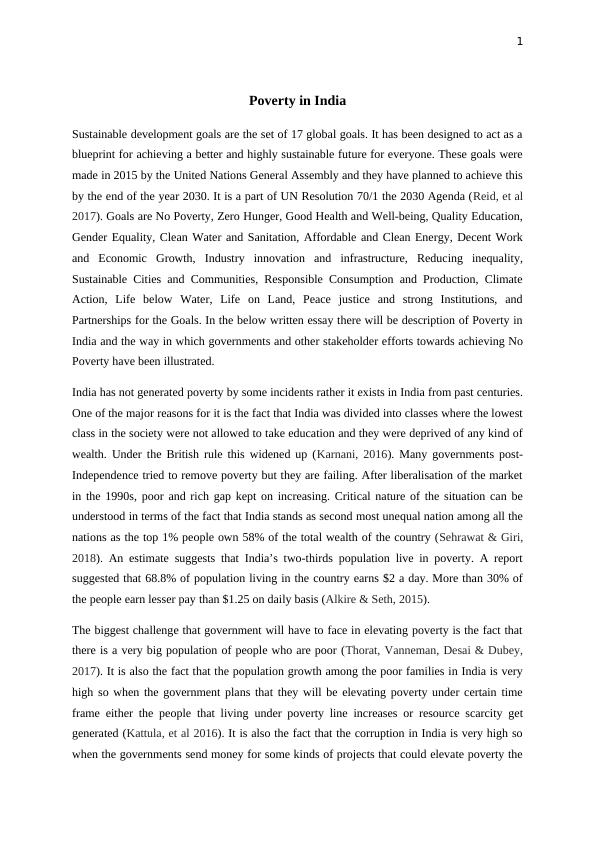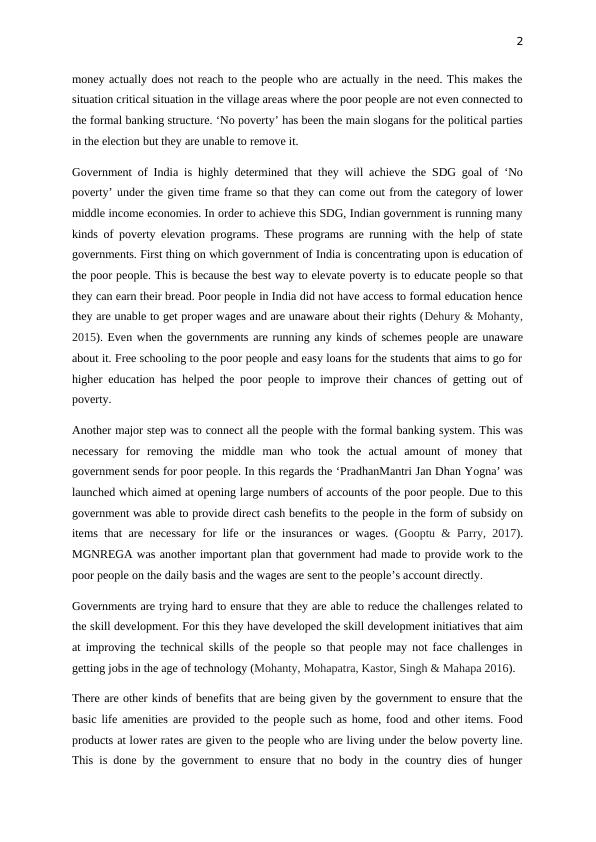Assignment on Business Society and Environment
This is the Unit Information and Learning Guide for the MBS662 Business, Society and the Environment course at Murdoch University. It provides important information about the course and should be read in conjunction with the online learning materials.
8 Pages2810 Words17 Views
Added on 2022-08-29
Assignment on Business Society and Environment
This is the Unit Information and Learning Guide for the MBS662 Business, Society and the Environment course at Murdoch University. It provides important information about the course and should be read in conjunction with the online learning materials.
Added on 2022-08-29
ShareRelated Documents
End of preview
Want to access all the pages? Upload your documents or become a member.
Sustainable Development Goals | Sociology
|10
|2590
|24
Imagining Health in Social and Cultural Contexts
|9
|2613
|104
Essay on Strategies Of Economics Development
|11
|3685
|547
Persistence of Poverty Issues 2022
|27
|1331
|24
Sociology: Examining Food and Nutrition Security in Nigeria and Its Challenges
|11
|2712
|68
MGSM869 Social Entrepreneurship
|10
|4051
|39



